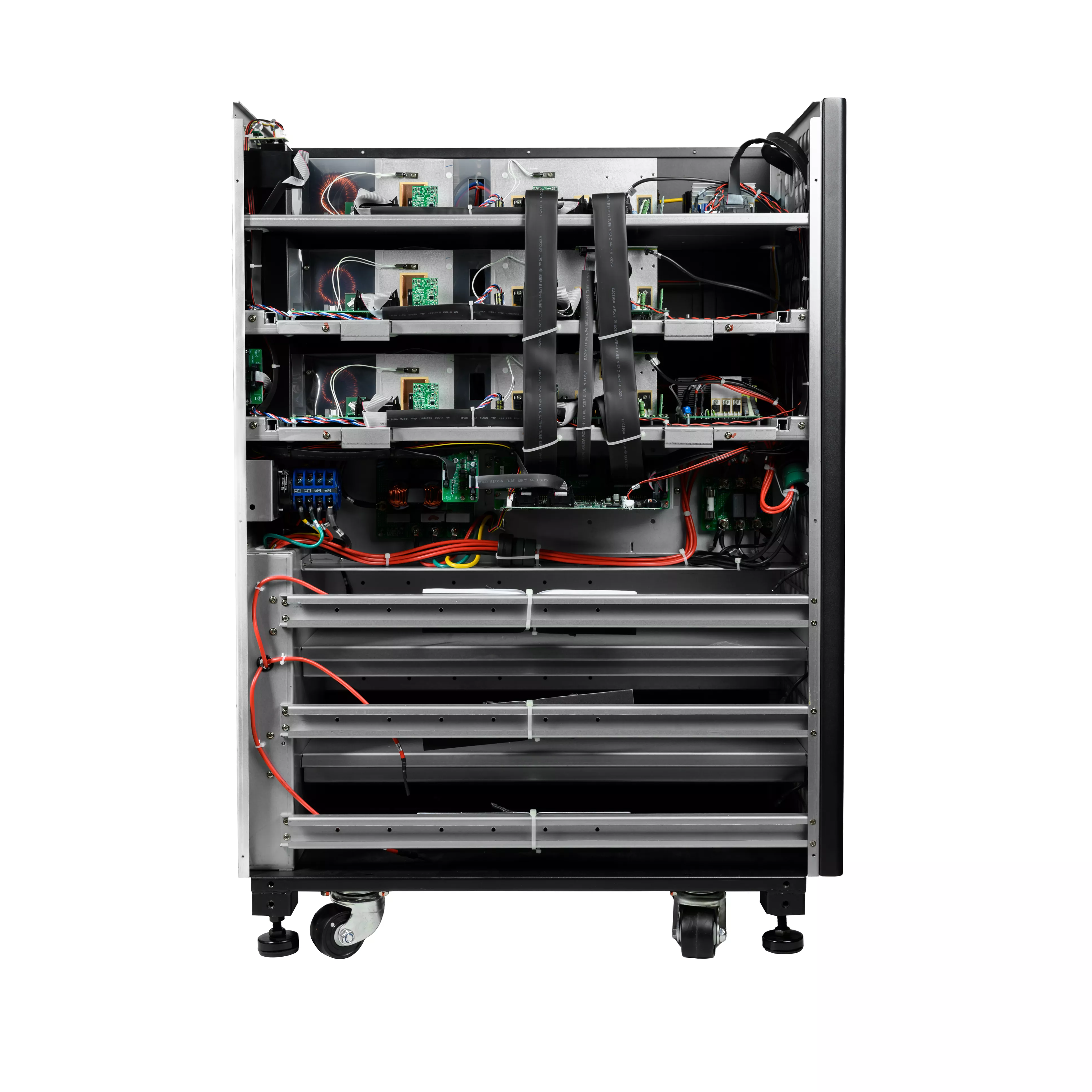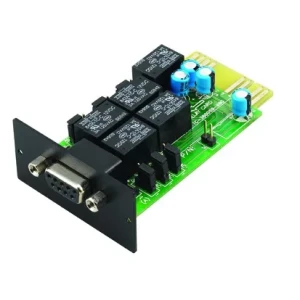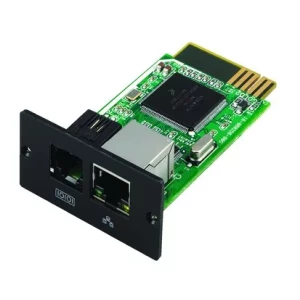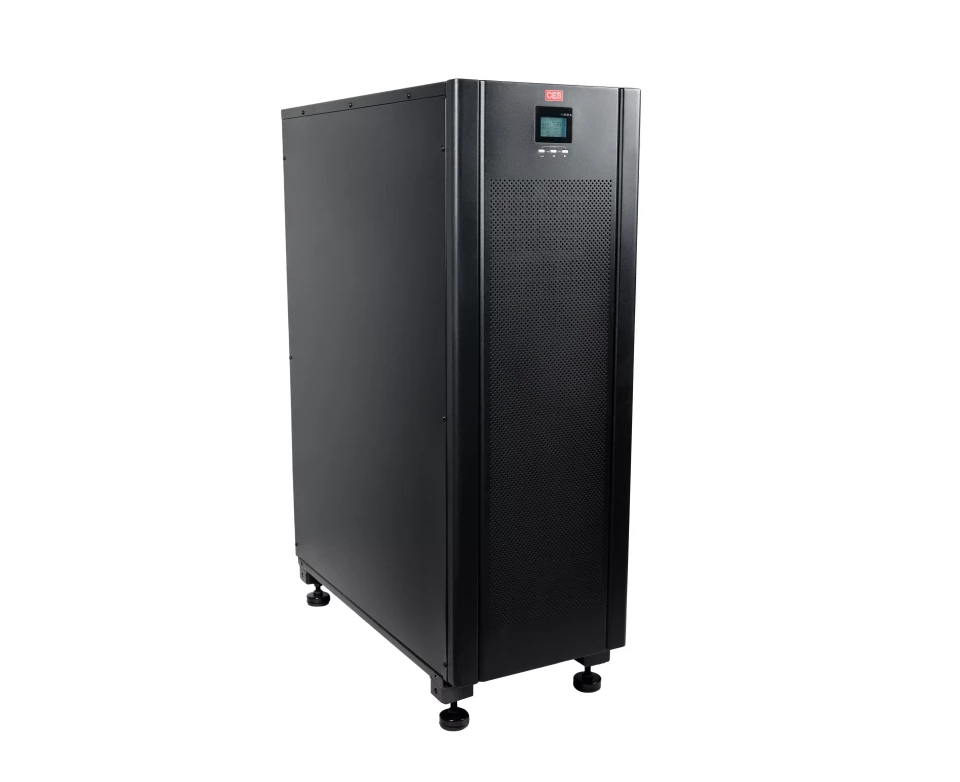UPS CES Omega 10 kVA, 20 kVA, 30 kVA
Main features
- Double conversion, true on-line UPS
- Tower version
- Input power factor ≥0.9
- Output power factor 0.9
- Active power factor correction in input (APFC)
- Efficiency of up to 98% in ECO mode
- Built-in manual by-pass
- Protection
- N+x parallel operation possible
Characteristics
Communication of UPS Omega 10kVA, 20kVA, 30kVA
Display and LCD screen
The LCD screen is divided into three sections: an operating mode and settings screen; a measurement, history and set-point screen; and a date and alarm code screen to indicate a problem/failure.
LEDs
Their colour shows the operating mode, indicates a fault or the battery level.
USB and RS232 ports
Standard communication ports for computer connection.
EPO - fire protection
Emergency Power Off (EPO) is a function that will immediately disconnect all connected equipment from mains power. The EPO port is located on the rear panel of the UPS and is a potential-free connector. The available tripping settings for the EPO port are static bypass, disconnected output or port deactivation.
Expansion cards - optional
The UPS has one intelligent expansion slot as standard for an SNMP card (top slot), a dry contact card and an RS485 card. Optionally, a unit with two expansion slots can be selected. The expansion cards are installed in the expansion slots on the rear panel of the UPS, and there is no need to switch off the power supply during such installation (plug and play installation).

Operating modes in 3-phase UPS Omega
Standby mode
There is no output voltage in standby mode. If the mains supply is correct, the AC/ DC processing of the charger will be automatically activated. When the UPS is powered, the batteries charge automatically.
Static by-pass mode
In static by-pass mode, the mains power of the by-pass line passes through a filter to the load. If the mains power input is correct, the charger's AC/DC rectifier will automatically be switched on and the batteries are charged automatically.
On-line mode/Frequency conversion mode
In linear mode, the mains supply from the mains supply delivers AC current to the UPS rectifier and DC current to the inverter circuit after PFC power factor correction, and then delivers uninterrupted AC current to the load via the inverter circuit (at 50 Hz or 60 Hz). When the inverter starts up, the batteries are charged automatically.
Battery mode/Battery self-test mode
In battery mode, the batteries pass through the DC/DC booster circuit and supply DC voltage to the inverter, which is then changed to AC and supplied to the load via the inverter circuit.
ECO mode
When the by-pass input is within the ECO range, the ECO function is activated. In this mode, the by-pass supplies power to the load. The rectifier, booster and inverter operate normally and the charger charges the batteries. When the by-pass input is outside the ECO range, the UPS enters online/battery mode.
Emergency mode
In this mode, the fault LED lights up red and the LCD displays the fault code.
Operation on an internal service by-pass
The maintenance by-pass is used to allow maintenance/repair of the UPS without switching off power to the consumer equipment. Manually activated in the event of a fault or battery replacement.
Testing mode
The test mode is specifically designed for testing purposes. Using the service software, you can test run the UPS and check its operation.
Specification
UPS CES Omega 10kVA
UPS model i moc
Input
Output
System
Komunikacja
Others
Cross-selling products

Karta AS 400
More

Karta SNMP
More
